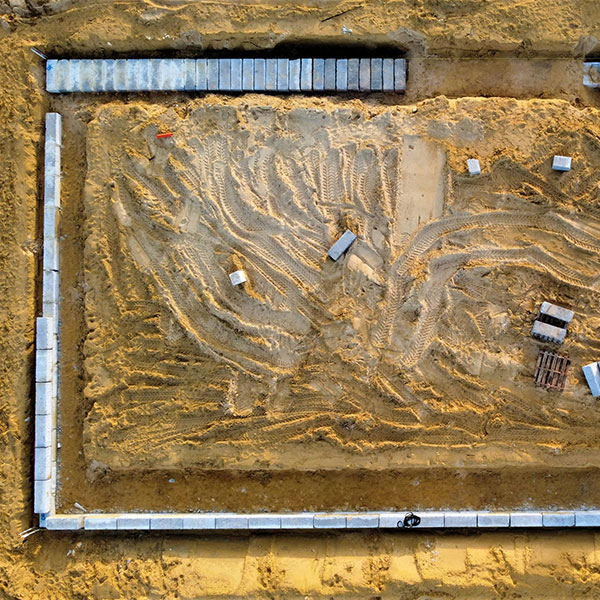Retaining Walls
Get a Quote For Your Project
Purpose of Retaining Walls:
Erosion Control:
In areas with loose soil or where heavy rains are common, retaining walls help prevent soil displacement and erosion by stabilizing sloped terrains.
Land Optimization:
Retaining walls enable the reclamation of usable land on a property by terracing sloped areas, which can then be used for construction, landscaping, or other purposes.
Structural Support:
They provide essential support for vertical or near-vertical grade changes, preventing the downslope movement of soil and maintaining the integrity of the area.
Engineering Assessments:
Prior to construction, engineering assessments determine the type of retaining wall needed based on soil characteristics, slope gradient, and load-bearing requirements. This is crucial in Southwest Florida where the water table can be high and soil conditions vary.
Material Selection:
Common materials for retaining walls in this region include concrete blocks, poured concrete, wood, and natural stone. The choice depends on the specific environmental conditions, aesthetic preferences, and budget constraints.
Drainage Considerations:
Proper drainage systems are integral to retaining wall design to handle the runoff and prevent water accumulation that could lead to hydrostatic pressure and structural failure.
Regulatory Compliance and Permits:
Construction of retaining walls often requires permits and inspections to ensure compliance with local building codes and regulations. In Southwest Florida, this might involve additional scrutiny to protect sensitive environments and adhere to specific land-use policies.
Construction Process:
Site Clearing and Preparation:
Initial land clearing sets the stage for retaining wall construction, involving the removal of vegetation and debris and grading the land as needed.
Foundation Laying:
A solid foundation is crucial for the stability of a retaining wall, involving digging a trench and laying a base material that is compacted and leveled.
Building the Wall:
The wall is constructed layer by layer, with careful attention to alignment, leveling, and the integration of drainage systems like weep holes or drainage tiles.
Environmental Considerations:
In ecologically sensitive areas like Southwest Florida, retaining walls must be constructed with consideration for minimizing disturbance to the natural environment. This includes strategies like using locally sourced materials, preserving as much existing vegetation as possible, and integrating the wall into the landscape to reduce visual impact.
Maintenance and Inspection:
Retaining walls require regular maintenance and inspection to ensure their integrity over time. This includes checking for cracks, signs of bulging or shifting, and ensuring that drainage systems remain clear and functional.
Challenges in Southwest Florida:
Challenges such as high groundwater levels, corrosive soils, and regulatory constraints require innovative solutions and careful planning to ensure that retaining walls are both effective and durable.
Retaining walls play a crucial role in the development and management of properties in Southwest Florida. They not only help in managing the landscape for practical uses but also protect against erosion and contribute to the overall aesthetics and value of the property. Their integration into site preparation and land clearing processes requires a blend of technical expertise, environmental responsibility, and compliance with local regulations.
